SECURE YOUR BUSINESS WITH EXPERT VAPT STRATEGIES
How Secure Is Your Infrastructure? Book a Free Consultation with Wattlecorp’s Experts to identify vulnerabilities, develop a robust VAPT strategy, and safeguard your business with tailored protection solutions.

AI is a hot topic everywhere. But have we ever thought about its possibilities of usage for nefarious activities, despite being blocked by many of the publicly available applications?
With such a rapid emergence of threats, the need for businesses to be proactive in security had risen alarmingly and indeed for a more significant cause; being secure and ensuring the safety of the prospects.
Indeed security professionals are the one who plays the biggest part in safeguarding you from cyber threats by detecting and mitigating the vulnerabilities by following various standardised penetration testing frameworks.
Penetration testing frameworks help to follow a structured approach to find threats in various aspects of your organization such as your network, application, and systems, before the bad actors do.
Let’s demystify the world of penetration testing and find how it can be a game changer in ensuring your sensitive data and the business itself are far ahead in the game of maintaining a proactive cyber security approach.
Table of Contents
Toggle- What is penetration testing?
- Common Penetration Testing Frameworks
- 1. OWASP Penetration Testing Methodology
- 2. Open Source Security Testing Methodology Manual (OSSTMM)
- 3. NIST cybersecurity framework
- 4. Information System Security Assessment Framework (ISSAF)
- 5. Penetration Testing Execution Standard (PTES) framework
- Importance And Need For Penetration Testing Framework
- Embracing Proactive Cybersecurity With Penetration Testing Frameworks
- Types of penetration testing
- 10. Build and configuration review
What is penetration testing?
Penetration testing or pen-testing (as we all mention it generally) is simply finding how and how deeply an attacker can intrude into your organization, application, infrastructure, systems, or network, through loopholes or vulnerabilities within by simulating a real-time attack. The purpose is to identify the weak spots and enhance the defense systems before a real attacker with malicious intentions is able to intrude into your business assets and cause catastrophes.
Penetration testers are security professionals who find vulnerabilities in your systems and networks with various tools, techniques, and processes (TTPs) to inform their impact, along with suggestions to mitigate and prevent further vulnerabilities from causing harm to you.
Common Penetration Testing Frameworks
Penetration testing frameworks help security professionals and organizations follow a standardized practice of testing to unveil vulnerabilities in an application and assets. This helps to detect, rate, and prioritize threats, towards effective mitigation and ensuring the security of the asset which underwent the pentest.

Following are the commonly found penetration testing frameworks and their details:
1. OWASP Penetration Testing Methodology
Open Web Application Security Project (OWASP) is a not-for-profit community-led open-source organization, that works towards improving the cybersecurity landscape collectively and helps organizations and security professionals to make informed decisions on the application security risks.
The OWASP penetration testing methodology is one of the most widely accepted global standards and it entails various procedures and tests which comprise threat modeling, code review, VA/PT, and security requirement testing. Continuous testing is more emphasized than using a single assessment to find all the potential vulnerabilities.
In this framework, Penetration Testing Execution Standard (PTES) is followed which has 7 phases, namely
- Pre-engagement
- Intelligence gathering
- Threat modeling
- Vulnerability analysis
- Exploitation
- Post-exploitation
- Reporting
2. Open Source Security Testing Methodology Manual (OSSTMM)
Formulated and maintained by the Institute for Security and Open Methodologies (ISECOM), the OSSTMM is a peer-reviewed security testing methodology to assess the operational security for precise characterization of the five channels for the organization, which are the physical security, wireless communication, data networks, telecommunications, and human security.
The OSSTMM follows the concept of modules which are the set of processes for each of the five channels. The four modules are regulatory, definitions, information phase, and interactive controls test phase. Also, it helps to cover the best practices, laws, regulations, and ethical standards accepted worldwide.
3. NIST cybersecurity framework
The National Institute of Standards and Technology (NIST) cyber security framework is a set of guidelines, rules, and standards that categorizes everything into five core functions to help companies gain a deeper understanding, manage and reduce cyber risks. Also, it follows the NIST 800-53 standard which provides categorisation of security controls into different groups based on its application.
The NIST framework empowers organizations to follow five key functions, which are identify, protect, detect, respond, and recover, providing a complete view of cybersecurity risk management in their firm.
4. Information System Security Assessment Framework (ISSAF)
From the Open Information Systems Security Group (OISSG), the ISSAF provides a complete guide to pen testing steps and a complete guide towards conducting penetration tests, enabling organizations to build their own pen testing methodology.
The process of penetration testing is divided into three phases, which are planning and preparation, assessment and reporting, and cleanup and destroying the artifacts.
Along with being a valuable resource for the pentesters and the organizations alike, the ISSAF is no longer actively supported.
5. Penetration Testing Execution Standard (PTES) framework
PTES is one of the most recent and comprehensive frameworks in this list and it helps organizations to understand the outcomes of the penetration test. Also, it doesn’t provide technical guidelines on conducting a pentest, but an additional technical guide will be accompanied by it.
This framework tries to make penetration testing effective for organizations by enabling them to find threats in the most advanced context, along with ensuring the vulnerabilities are fixed effectively.
Importance And Need For Penetration Testing Framework
However mandate it is, a penetration test is indeed a tedious and long process conducted by humans. Penetration testing frameworks in layman’s terms can be simply considered as guidelines set forth based on certain industry standards by experts, and organizations that envision making cybersecurity effective and available to everyone.
Penetration testing frameworks help to ensure the effectiveness of the pentest conducted. Also, it helps the pen-testers and the organizations providing and seeking penetration testing services to follow a guideline towards comprehensive assessment to ensure no testing methods or processes are left behind.
Embracing Proactive Cybersecurity With Penetration Testing Frameworks
The digital world is growing at an exponential rate, and so are the potential threats to make it difficult for organizations and people alike. Adopting security measures to ensure resilience and integrity is never an afterthought once a catastrophic incident or data breach happens.
The right cybersecurity strategy in place helps to identify and mitigate the vulnerabilities in your application, network, devices, and infrastructure towards ensuring business continuity and integrity, meeting compliance requirements, enhancing defense strategies, and building stakeholder confidence.
In the cat-and-mouse game of the cybersecurity landscape, defending your organization and yourself from cyber threats is always better than fixing them once something happens. Embracing proactive strategies for cybersecurity through proper security best practices along with continuous evaluation for emerging vulnerabilities and real-world attacks. The penetration testing frameworks provide insights, tools, and guidelines for better cyber resilience to prevent and find vulnerabilities in their systems and applications.
Types of penetration testing
Penetration testing varies widely based on the type of asset about to be tested. Learning more about the same helps to get familiarized with these techniques and terminologies involved, and towards choosing what fits you the best in accordance with your organizational demand and the best service provider to serve it.
Primarily, penetration testing can be classified into three: white box, black box, and grey box penetration testing, based on the amount of information shared with the pentester prior to the engagement.
1.White box penetration testing
Complete or maximum possible information and features on the application or asset about to be tested are shared by the organization with the pentester. Hence, it is also called assumed breach, or transparent box testing.
It helps organizations analyze the internal errors in the application. And, source code analysis is a part of the same and the developers from the organization are also part of the pentest.
2.Black box penetration testing
No information about the application, its framework, or its features is provided to the pentester in black box testing, except the URL and the least privileged user account would rarely be provided.
Since the application is tested on run-time, it is also called Dynamic Application Security Testing (DAST). The completion time usually will be based on various parameters such as the expertise of the pentester, the nature of vulnerabilities being detected, and the scope of the discovered area of the application undergoing the testing.
3..Grey box penetration testing
It is a mix of black-box and white-box penetration testing, in which the pentester is provided with partial knowledge of the application, network, and infrastructure about to be tested.
Partial access to the network or application is provided, which helps to find the potential impact that can be caused by a privileged user upon an incident.
Based on the technology or asset, penetration testing can be classified into:
1. Web application pen testing
As its name symbolizes, it is the process of testing the web application to ensure it is functioning as it is designed, by identifying its bugs, analyzing its impact, and reporting the same to the organization. Also, the web application pentest comprises of conducting functionality testing, usability testing, performance testing, interface testing, and compatibility testing, which checks for various parameters by using various tools and techniques. Our services like Web App Penetration Testing Services in India ensure robust assessments tailored to their security needs.
2. Mobile application pen testing
Various mobile apps have already become an integral part of our day-to-day life. From basic utilities to advanced health monitoring and location services, it has been a greater assistance for everyone. Major mobile application stores such as Google Play Store and Apple App Store have over 2 million applications available for the public to access. Mobile app pen testing analyzes the vulnerabilities in the mobile application or the operating system itself, uncovering threats associated with it and ensuring they are not vulnerable to attacks.
3. API pen testing
API penetration testing checks how secure is your API. Commonly in an API pentest, it is tested by analyzing the response for each request sent to the API and other checks such as for authentication attacks such as password and MFA brute force.
4. Wireless pen testing
Also known as Wi-Fi pen testing, wireless penetration checks for vulnerabilities in your wireless networks, through which a bad actor can exploit and gain unauthorized access. The Wi-Fi configurations are also checked to ensure proper security measures are implemented in place.
5. Cloud pen testing
Cloud penetration testing checks for vulnerabilities in the cloud environments to prevent breaches and ensure compliance with data security legal regulations. It mainly consists of testing the on-premise cloud infrastructure, internal cloud environment, and the cloud perimeter through 3 phases, which are evaluation, exploitation, and verification.
Also Read : Penetration Testing Guide for Businesses: How to Ensure End-to-End Security
6. Internal infrastructure pen testing
The internal network infrastructure of an organization is analyzed to identify insecure systems and to assess insider threats. The tester would imitate an attacker inside the organization, with written permission and knowledge of the least number or single highest employee such as a C-level individual, to determine how deep an insider can exploit and about the information that could exposed to them.
7. External infrastructure testing
It helps to determine how secure is the perimeter systems of an organization and the vulnerabilities that an external threat actor could leverage. The assets include internet-connected applications (such as the web, email, firewalls, and FTP servers), and perimeter security controls.
8. Agile pen testing
Different from other penetration testing methodologies, agile penetration testing is conducted infrequently, which is according to the product release cycles. It is more of a programmatic way, which is not just about conducting more and more penetration tests in the least possible time period.
9. Social engineering
It is a technique that involves manipulating people psychologically to reveal sensitive information without being aware of the value of the information they share with the pentester or the bad actor. This information gained from them can be used to fake them, gain access to the systems, accounts, or applications to which they had access or even conduct financial malpractices.
10. Build and configuration review
The review helps identify misconfigurations in individual devices, operating systems, firmware, removable media interfaces, and the policies and settings aligning with various industry standards.
The insights gained would help greatly to implement, improve, or mitigate appropriate security measures against malicious actors. Also, it helps to prevent potential penalties from legal and regulatory entities for non-compliance and prevent reputational damage. And, demonstrating security resilience helps to build confidence for customers, partners, and stakeholders, along with sending a clear message to the public about how much your organization and yourself prioritize data security and have a firm stance against cyber threats.



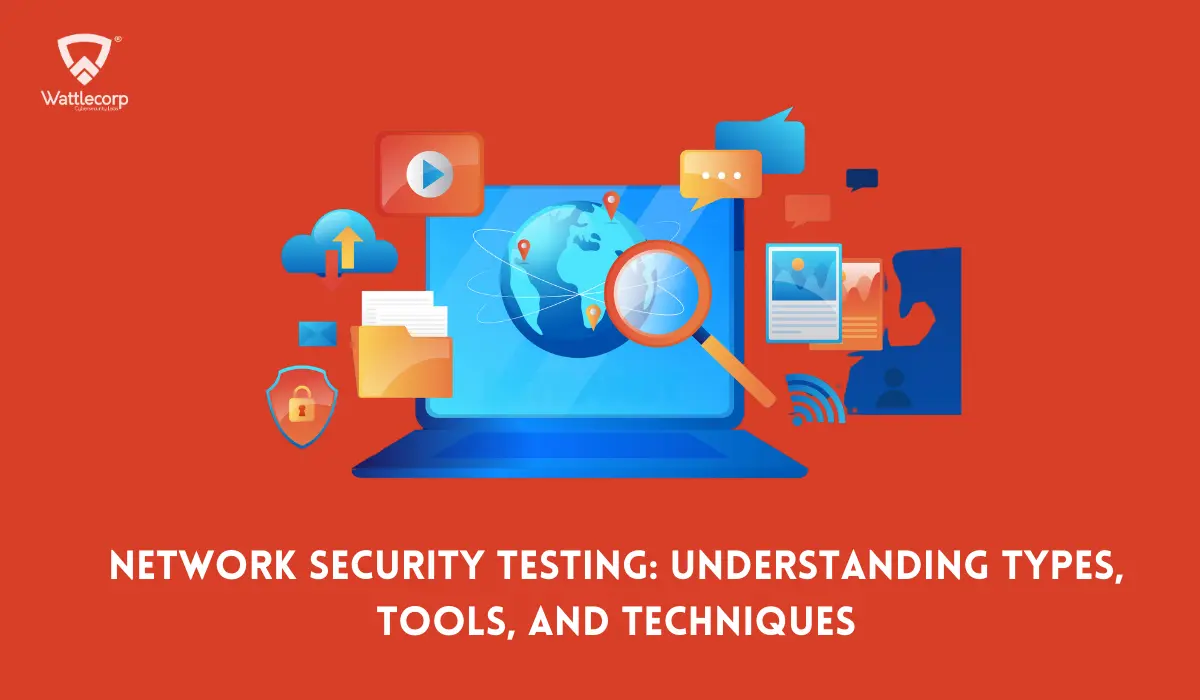
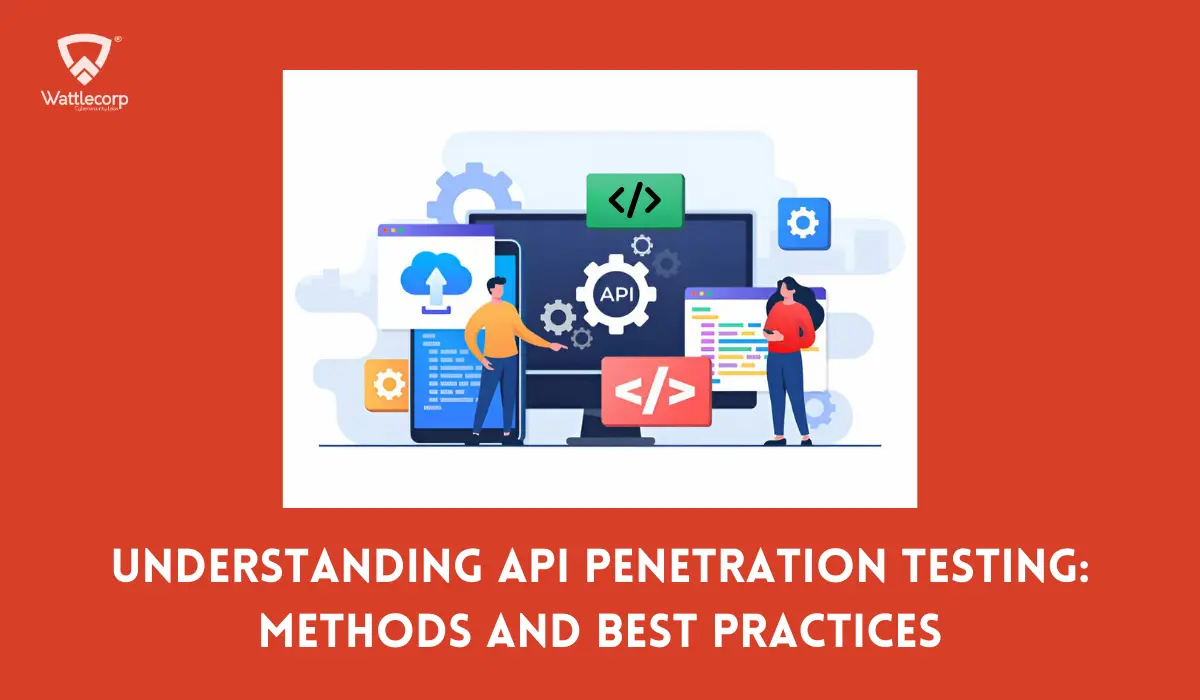
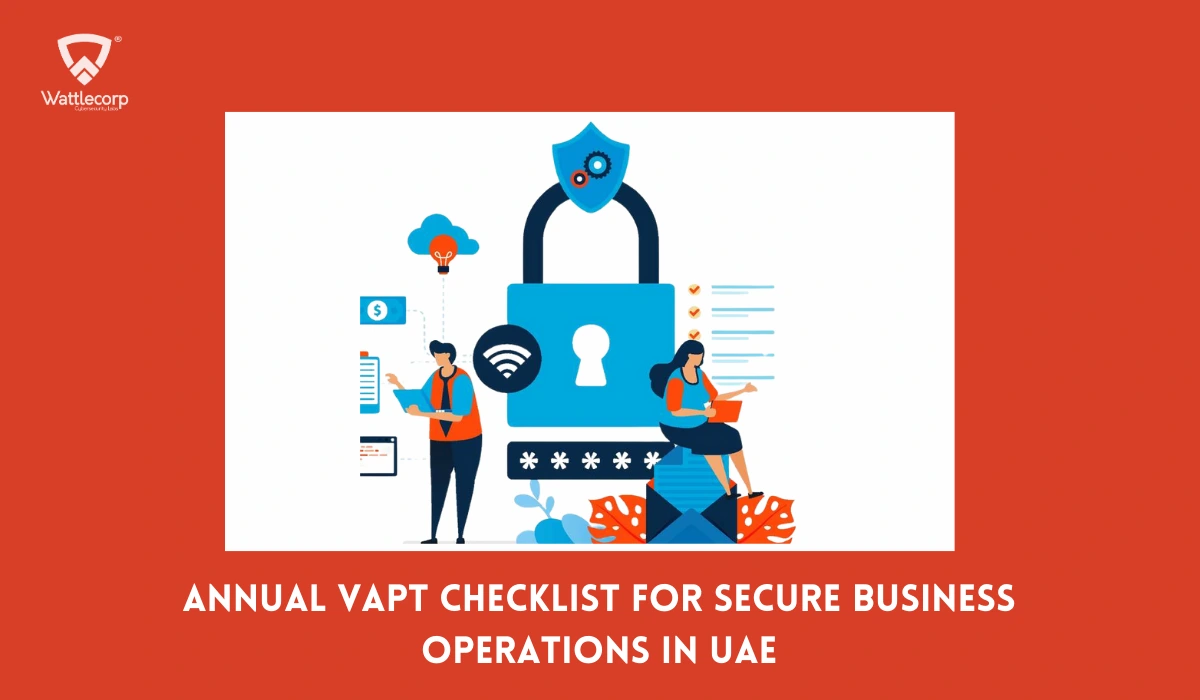
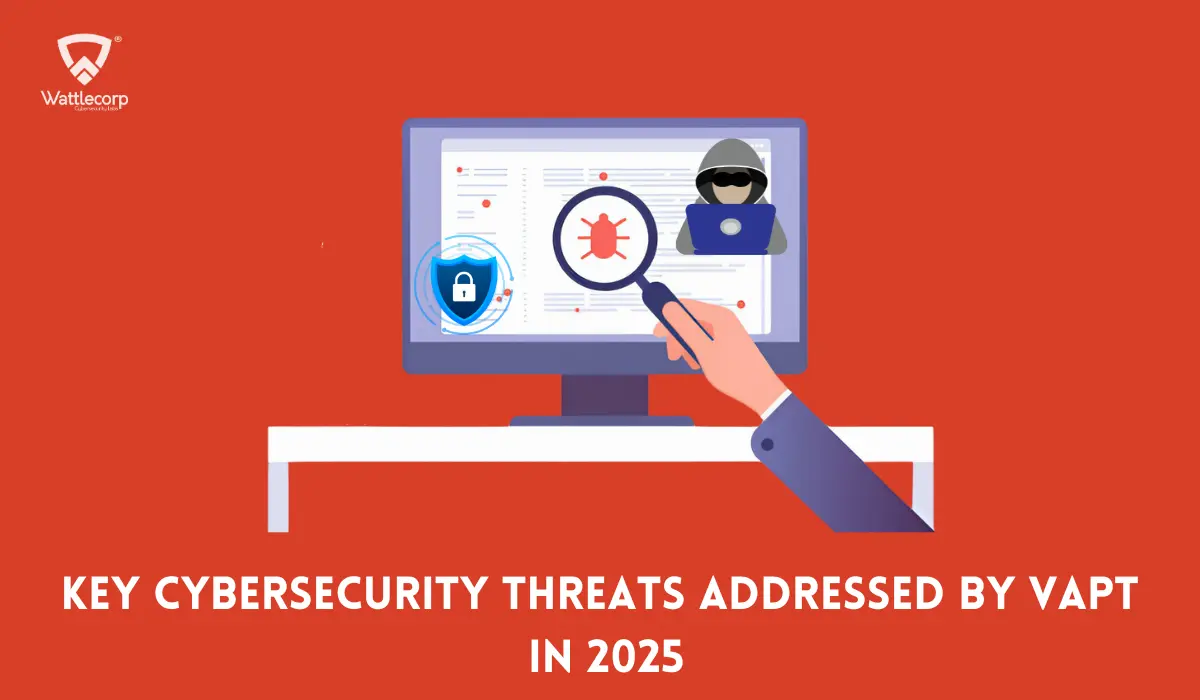
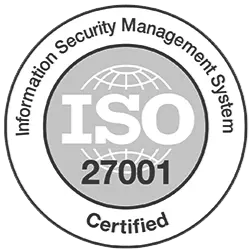
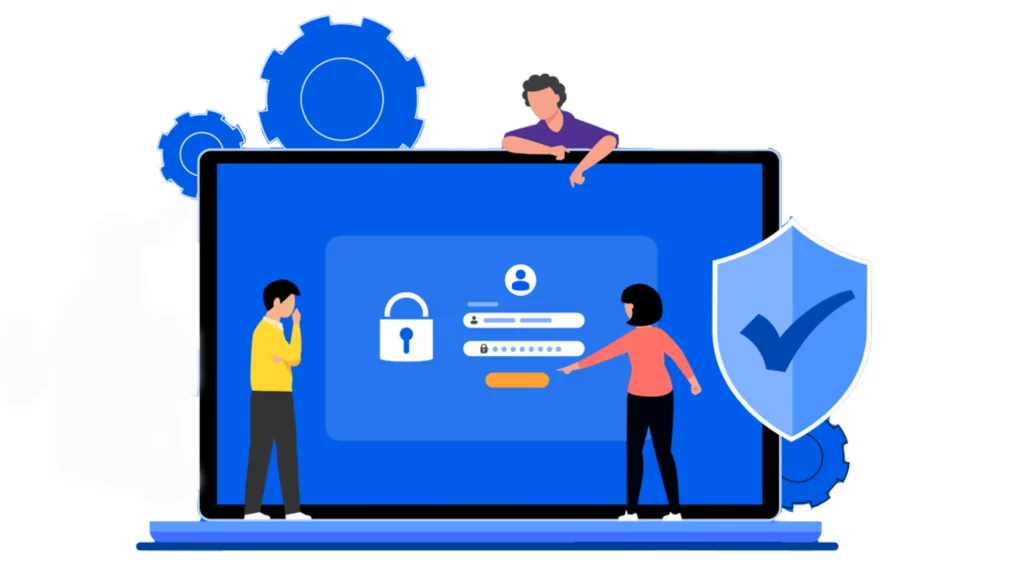
2 thoughts on “Penetration Testing Frameworks: All You Need To Know”
Pingback: Penetration Testing Frameworks: All You Need To...
Your point of view caught my eye and was very interesting. Thanks. I have a question for you.